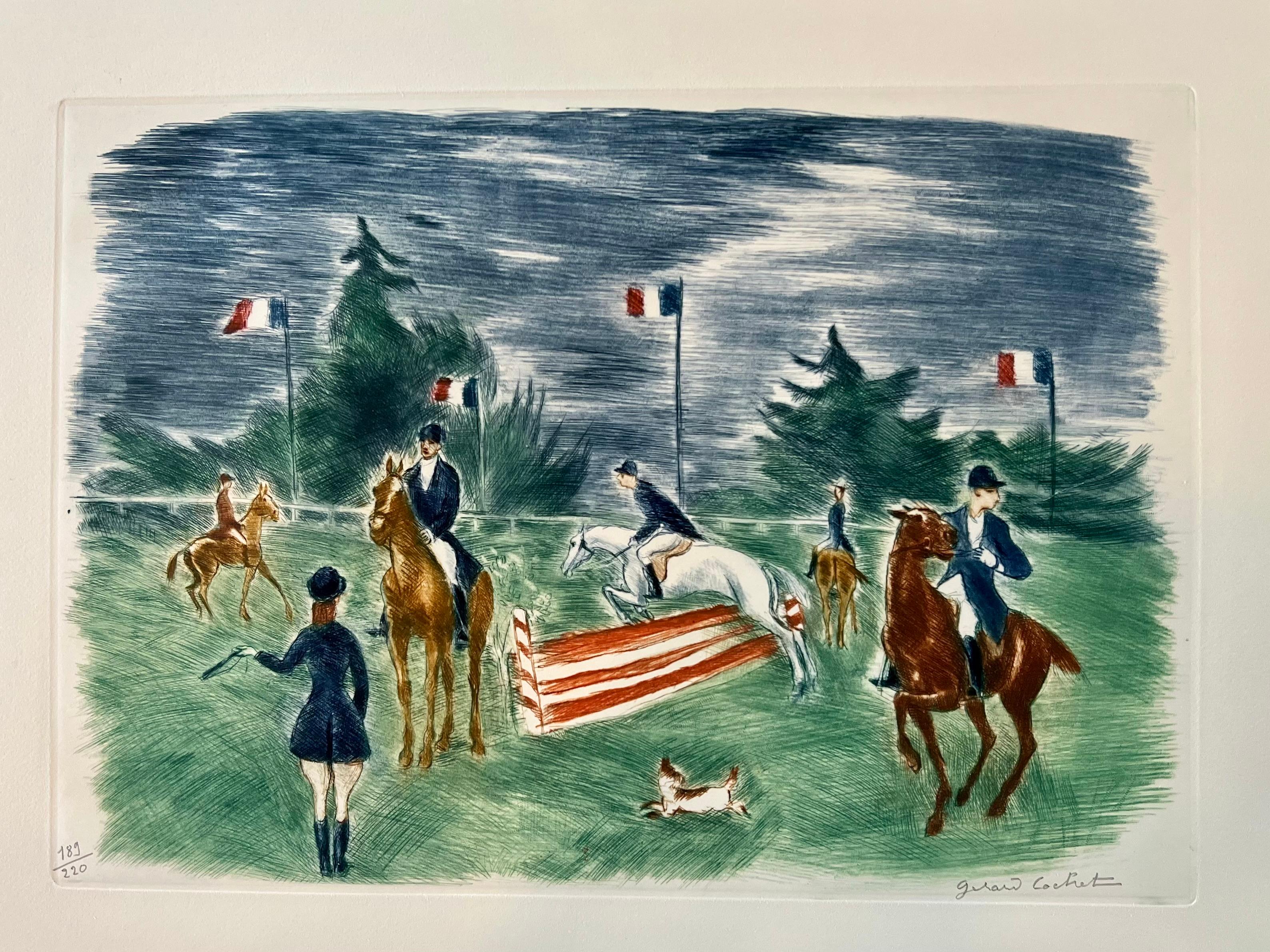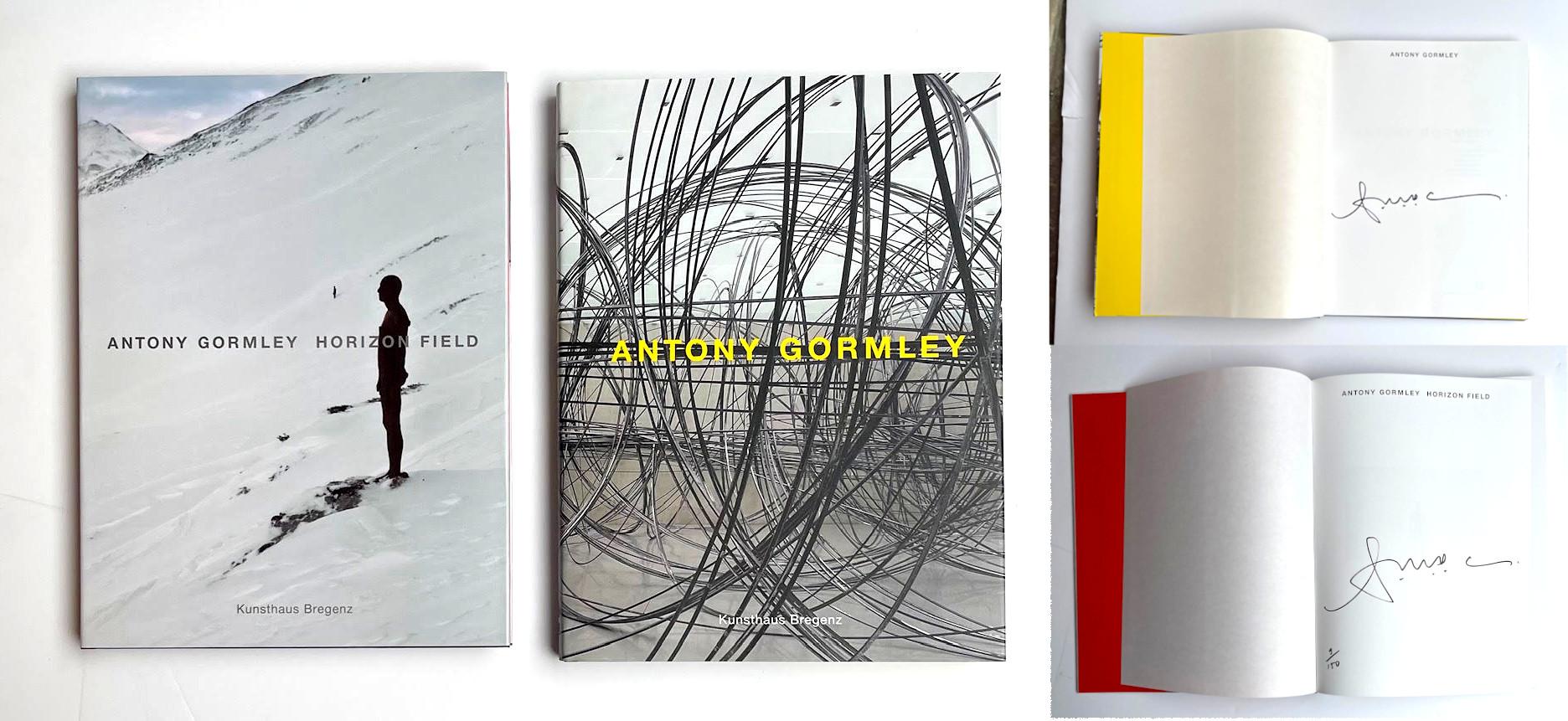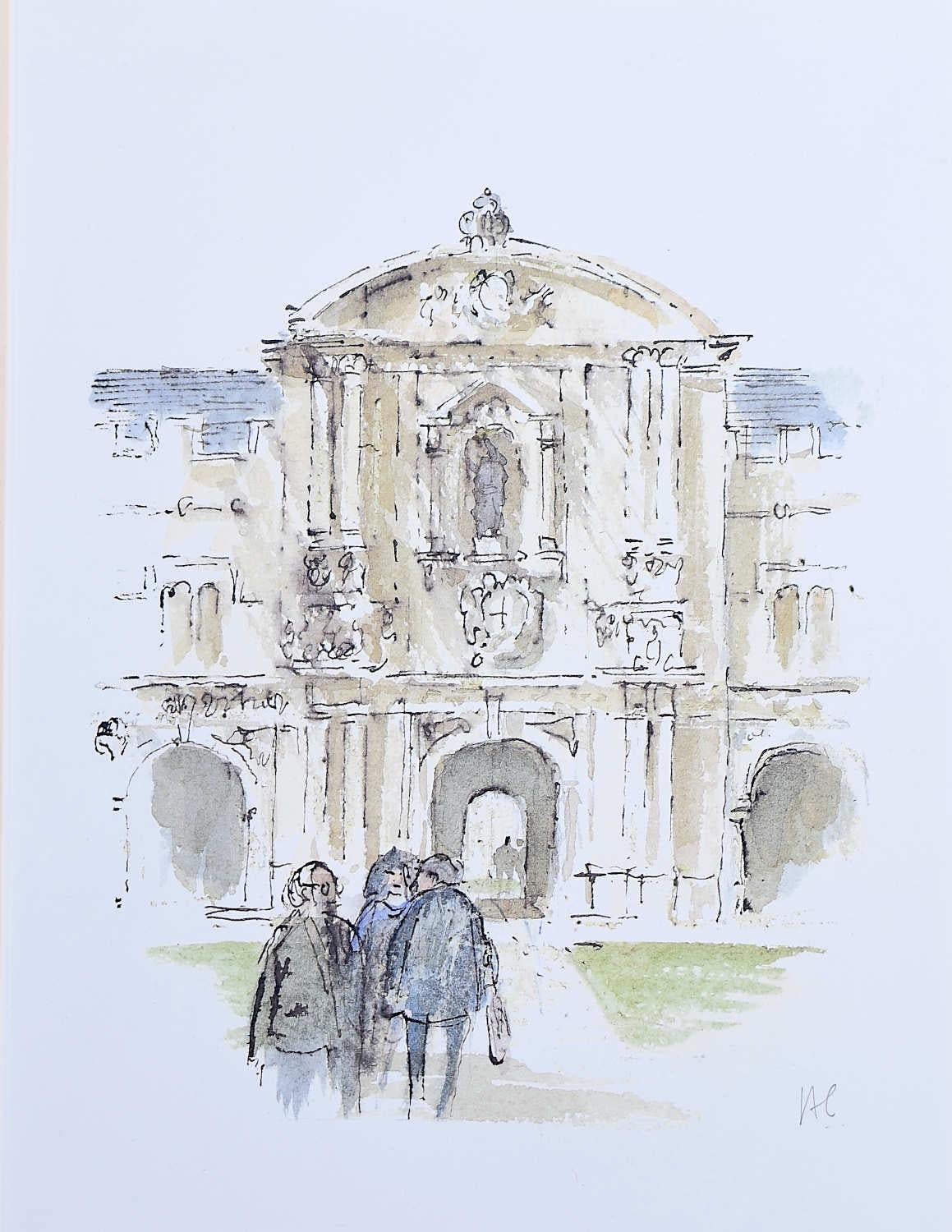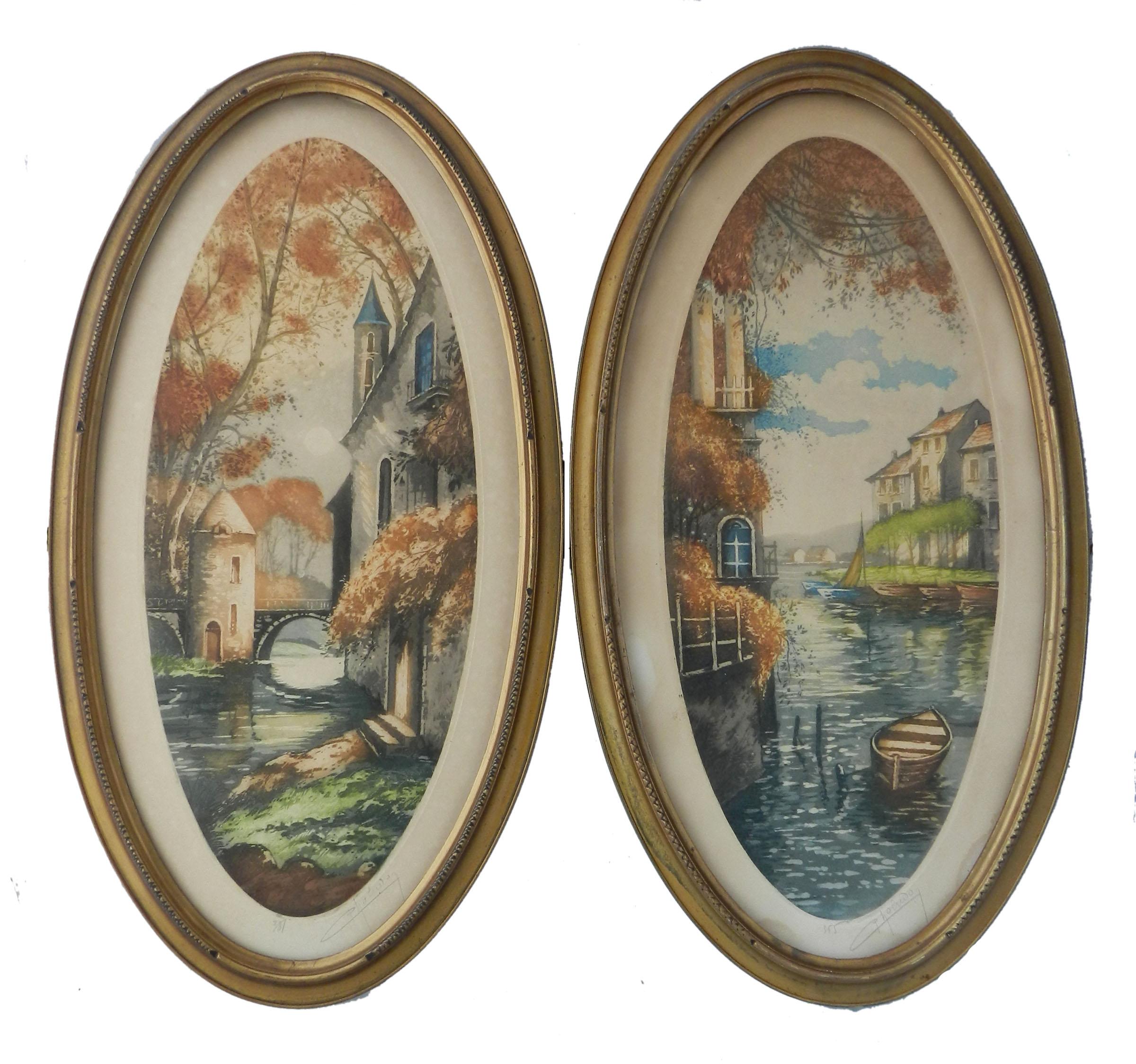Items Similar to Rare Judaica Chevron Bezalel Zeev Raban Chromolithograph (made in Palestine)
Want more images or videos?
Request additional images or videos from the seller
1 of 5
Zeev RabanRare Judaica Chevron Bezalel Zeev Raban Chromolithograph (made in Palestine)
About the Item
Jerusalem's Bezalel School
The Bezalel Academy of Arts and Design, was founded in 1906 by Boris Schatz. In 1903, Schatz met Theodore Herzl and became an ardent Zionist. At the Zionist Congress of 1905, he proposed the idea of an art school in the Yishuv (early Jewish settlements), and in 1906 he moved to Israel and founded the Bezalel School of Art in Jerusalem. Bezalel,
which was a school for crafts as well as for graphic art, became successful very rapidly. Schatz’s vision was to develop useful arts and crafts among Palestinian Jews, thereby decreasing the dependence on charity. At the same time, he sought to inspire his students to create a Jewish national style of the arts, in order to promote the Zionist endeavor. The inhabitants of 19th-century Palestine, both Jewish and non-Jewish, had produced mostly folk art, ritual objects and olive-wood and shell-work souvenirs, so the founding of Bezalel provided a professional and ideological framework for the arts and crafts in Jerusalem. The school employed workers and students, of whom there were 450 in 1913, in manufacturing, chiefly for export, decorative articles ranging from cane furniture, inlaid frames and ivory and wood carvings, to damascene and silver filigree and repousse work.
A major part of Schatz’s school was the workshops, which, starting with rug-making and silversmithing, eventually offered 30 different crafts. Workshops included the "Menorah" workshop where they designed relief and souvenirs made of terra-Cotta, and the Sharar, Stanetsky and Alfred Salzmann workshops where Menorah lamps, candlesticks, brass plates for Passover, and many other ceremonial and souvenir items were made.
Intended to create an original national style, Bezalel artifacts were a
mixture of oriental styles and techniques with Art Nouveau features, art deco styles and influences from the Arts and Crafts Movement.
The Academy reopened after Schatz's death in 1935 led by the new director, Joseph Budko, who took advantage of the many new European immigrants' talent and energy and succeeded in revitalizing the school. In the mid 1930's, Bezalel was reestablished by German and European refugee artists driven to Palestine by the Nazis, and underwent a final reorganization in 1965 that established Bezalel as a school for crafts. A small museum was added to the school which became the foundation for the Bezalel Museum later to become the world famous Israel Museum. Bezalel strove to foster in its students a national style of art, drawing both from European
techniques and Near Eastern art forms. While centers of Jewish art could be found elsewhere early in the 20th century (such as the school of Yehuda Pen in Vitebsk where Marc Chagall had studied) these were even more short lived. Bezalel subjects were a combination of traditional Jewish religious images, Zionist symbols, Biblical themes, views of the Holy Land and depictions of the flora and fauna of Palestine.
Artists at the Bezalel School used holy places, female figures and the beautiful landscapes of the holy land in their work.
Zev Raban, a major Bezalel artist, also designed products for various artistic cooperatives that were under the control of Bezalel: for Moshe Murro, Bezalel amulet artist, Raban designed many items, later executed in metal and ivory. For the famous Bezalel Yemenite jeweler- Yichieh Yemini, Raban designed many jewelries and Filigree works. Renowned Bezalel School artists include Meir Gur Arieh, Zev Raban, Jacob Eisenberg, Jacob Steinhardt, and Hermann Struck.
- Creator:Zeev Raban (1890 - 1970, Israeli)
- Dimensions:Height: 11.75 in (29.85 cm)Width: 15 in (38.1 cm)Depth: 2 in (5.08 cm)
- Medium:
- Movement & Style:
- Period:
- Condition:minor wear to mat. size includes mat.
- Gallery Location:Surfside, FL
- Reference Number:1stDibs: LU38212795362
About the Seller
4.9
Platinum Seller
These expertly vetted sellers are 1stDibs' most experienced sellers and are rated highest by our customers.
Established in 1995
1stDibs seller since 2014
1,549 sales on 1stDibs
Typical response time: 1 hour
- ShippingRetrieving quote...Ships From: Surfside, FL
- Return PolicyA return for this item may be initiated within 3 days of delivery.
More From This SellerView All
- Brandywine Farm Collotype Lithograph Hand Signed Henriette Wyeth Americana ArtBy Henriette WyethLocated in Surfside, FLHenriette Wyeth-Hurd Hand signed, Collotype, Limited Edition of 490 Image Size: 20" x 26" framed 28.5 X 34.5 Provenance: printed at Triton Press and has their certificate of authenticity verso. Henriette Wyeth Hurd (1907 – 1997) was an American artist noted for her portraits and still life paintings. The eldest daughter of illustrator N.C. Wyeth, she studied painting with her father and brother Andrew Wyeth at their home and studio in Chadds Ford, Pennsylvania. Henrietta Wyeth was born in Wilmington, Delaware, into an artistic family. Wyeth was the eldest of the five children of noted illustrator N.C. Wyeth and his wife Carolyn Bockius. Her siblings Carolyn and Andrew also became artists, and all three studied with their father. Andrew Wyeth became the most well-known artist of this family. Henriette contracted polio at age 3, which altered her health and use of her right hand. As a result, she learned to draw with her left hand and paint with her right. She grew up on the family farm in Chadds Ford, Pennsylvania, and attended local Quaker schools. She and her siblings were eventually homeschooled because their father distrusted the public school system. She began formal art lessons with her father at age 11, making charcoal studies and geometric shapes. A child prodigy, at age 13 Wyeth was enrolled in the Normal Arts School in Boston, Massachusetts. The next year, in 1921, she entered the Boston Museum of Art Academy. Two years later she moved to Philadelphia to study painting at the Pennsylvania Academy of Fine Arts. By age 16, she was well known as a portraitist and received commissions for paintings of Wilmington residents. Deeply influenced by her father's unique realistic style, she rejected early 20th-century painting styles such as Impressionism and Cubism. She was also socially and politically conservative. As a result, later in life she rejected the progressive movements of the 1960s and 1970s, including the women's movement. She often criticized television and modern culture. At age 21, in 1929 Wyeth married artist Peter Hurd, a fellow student at the Pennsylvania Academy and her father's apprentice. The couple had three children together: Peter Jr., Carolyn, and Michael Hurd. In the mid-1930s they moved to San Patricio, New Mexico, settling on a farm of 40 acres. By 1939, they established the Sentinel Ranch there, gradually acquiring more land until they had 2200 acres. It was in southern New Mexico near Roswell, New Mexico, her husband's birthplace. Wyeth's work spanned portraits of adults and children, still lifes, and floral landscapes. In her work, she "often included objects that related to the subject's interest or personality. She eventually stopped painting children because, as she said, “today...Category
1980s American Realist Landscape Prints
MaterialsLithograph
- Italian Post Modern Pop Art Lithograph Vintage Poster Memphis Galerie MaeghtBy Valerio AdamiLocated in Surfside, FLVintage gallery exhibition poster. Navy blue and bold yellow stars with vibrant orange. Surrealist man in hat with scythe or fishing rod. The Galerie Maeght is a gallery of modern ar...Category
1980s Pop Art Landscape Prints
MaterialsLithograph, Offset
- Israeli Naive Art Screen Print Lithograph Jerusalem, Sanhedrin Old City Folk ArtBy Gabriel CohenLocated in Surfside, FLBold color lithograph, hand signed in pencil and numbered AP IX/X (artist’s proof 9/10), Jerusalem Print Workshop blind stamp lower right. On French Arches paper. Gabriel Cohen, Self taught, Naive painter was born in Paris in 1933, to parents from Jerusalem with a father who studied the kabbalah. Throughout World War II, the family hid from the Nazis in Paris. Images of Nazi soldiers appear in several of his paintings. In 1949, when Gabriel was 16, the family returned to Israel. They managed to save enough money to move back to the quarter where both parents were born: Ohel Moshe in Nachlaot. Gabriel served in the artillery corps and after the army, went back to live in his parents' house and earned a living polishing diamonds. The head of the polishing plant, who noticed his employee's artistic skill, allowed him to paint during work hours. He once asked Cohen if he could draw a tiger. Cohen drew him a tiger. And he did a lot of sculpting and painting on glass. He also loved to play the guitar, especially flamenco style. Critics say he is one of Israel's greatest naive-style painters. Along with Shalom of Safed, Kopel Gurwin and Natan Heber, He is renowned as one of Israel's greatest living naive-style folk art painters, recipient of the Jerusalem Prize for Art (1987), a permanent entry in encyclopedias of naive painting, who exhibited his work not only in Israel, but also in Paris, Venezuela, Denmark and Germany; the same Gabriel Cohen whose colorful , bold paintings were exhibited at the Jewish Museum in New York in 1987 alongside works by Marc Chagall; the same Gabriel Cohen about whom curator and art scholar Gideon Ofrat says, "There is no questioning his greatness." He has shown in Paris on the Rue de Rosiers in the Marais. His impressions of his journeys, mostly imaginary, yet some real, are expressed in Cohen's paintings. Huge, colorful canvases rich in precise detail and fantasy, in which he paints the Eiffel Tower and the Russian steppes or the vistas of Paris and the Tower of Babel "In my opinion, it's also because the Tower of Babel has some kind of phallic, erotic meaning, but also because of the internationalism, of the mixture and confusion of nations, which is an essential element in Gabi Cohen's work," says Gideon Ofrat. There is no superlative that has not been lavished on Cohen's work by art critics, since he began showing his paintings at age 40, All the art critics seemed to agree at once that Cohen is one of the greatest naive-style painters in Israel. Their counterparts abroad seconded this view. About a year and a half ago, Zadka organized a show for Cohen at the Jerusalem Artists' House. The Tel Aviv Museum bought a painting of Gabi's and so did the Israel Museum, and several artists bought his drawings. He is a great, great painter. There is no painter who is more of a symbolist and illustrative artist than he is. As a painter myself, I admire him." The Yom Kippur War in 1973 sparked an artistic breakthrough for Cohen; it was at that time that he began to sit on the sidewalk after his work as a diamond polisher and paint. Not long afterward, in early 1974, he did a painting he called "Moses on the Mountain." Ruth Debel, of the Debel Gallery in Ein Kerem, passed by and saw it on the street. She asked how much he wanted for it, and for the first time in his life, he realized that his work had financial value. His first show was at the Debel Gallery in 1974. The response was overwhelming. Cohen was immediately declared a genius. His paintings at the gallery were purchased and he continued to create new paintings. That same year, he was invited to take part in a group exhibition of naive artists at the Kunsthaus in Zurich, and a year later, his work was included in a traveling show of naive-style artists from Israel that was exhibited in Denmark and Germany. Soon after that he was invited to be part of group shows in Venezuela and at the Tel Aviv Museum. Cohen had four solo shows at the Debel Gallery. Awards And Prizes 1987 Jerusalem Prize for Painting and Sculpture 1999 Shoshana Ish-Shalom Prize for special contribution to art, Jerusalem He has exhibited alngside all of the Israeli great artists. including Naive Art Group exhibition Gvanim Art Gallery, Jerusalem Rubin, Rachel Roman, Yitzhak Zarembo, Leah Moscovitz, Shalom (of Safed) Steinberg, Michael Danisov, Salva Harbon, Haim Cohen, Gabriel Chanannia, Joseph (Jojo) Local Hero...Category
20th Century Folk Art Landscape Prints
MaterialsScreen, Lithograph
- Pop Art Aspen Road Sign D'arcangelo Silkscreen Chiron Press Vintage Art PosterLocated in Surfside, FLAllan D'Arcangelo (American/New York, 1930-1998), "Aspen Center of Contemporary Art", 1967 silkscreen, hand signed in pencil, dated, numbered "45/200" and blind stamped "Chiron Pre...Category
1960s Pop Art Abstract Prints
MaterialsLithograph, Screen
- Italian Post Modern Pop Art Lithograph Vintage Poster Memphis Galerie MaeghtBy Valerio AdamiLocated in Surfside, FLVintage gallery exhibition poster. Bright vivid red and bold yellow. The Galerie Maeght is a gallery of modern art in Paris, France, and Barcelona, Catalonia, Spain. The gallery was...Category
1980s Pop Art Landscape Prints
MaterialsLithograph, Offset
- Large Abstract French Modernist Still Life Lithograph Pencil Signed Paul AizpiriBy Paul Augustin AizpiriLocated in Surfside, FLPaul Aizpiri was a painter and sculptor born in 1919 in Paris, France to an Italian mother and a father from the Basque Country, Spain. His signature compositions always had a touch...Category
20th Century Abstract Abstract Prints
MaterialsLithograph
You May Also Like
- Equestrian SceneLocated in Belgrade, MTThis lithograph is a piece from my private collection of 20th Century School of Paris era artists. It is hand signed by the artist and numbered, Guilde de la Gravure, and is in very ...Category
Early 20th Century Contemporary Landscape Prints
MaterialsOil, Engraving, Lithograph
- Antony Gormley Horizon Field (box set of two signed monographs held in slipcase)By Antony GormleyLocated in New York, NYAntony Gormley Horizon Field (box set of two signed monographs held in slipcase), 2011 Hardback monograph, numbered and each hand signed E...Category
2010s Contemporary Landscape Prints
MaterialsMixed Media, Lithograph, Offset
- William Eggleston The Democratic Forest Selected Works (Hand signed)By William EgglestonLocated in New York, NYWilliam Eggleston William Eggleston The Democratic Forest Selected Works (Hand signed), 2016 Hardback monograph with dust jacket Hand signed by William Eggleston...Category
2010s Modern More Art
MaterialsMixed Media, Lithograph, Offset
- Monograph: Robert Irwin Getty Garden (hand signed and inscribed by Robert Irwin)By Robert IrwinLocated in New York, NYRobert Irwin Getty Garden (hand signed and inscribed by Robert Irwin), 2002 Hardback monograph with dust jacket Hand signed and inscribed by Robert ...Category
Early 2000s Contemporary Landscape Prints
MaterialsPaper, Ink, Mixed Media, Lithograph, Offset
- Hugh Casson: St John's College, Oxford lithographBy Hugh CassonLocated in London, GBTo find our other views of Oxford and Cambridge, scroll down to and click on 'view more from this seller'. Sir Hugh Casson CH, KCVO, PRA, RDI (1910-1999) St John’s College, Oxford Lithograph 25 x 20 cm Initialled 'HC' in pencil. Sir Hugh Casson was educated at Eastbourne College, St John’s College Cambridge and the Bartlett School of Architecture. Trained in the 1930s in the early modernist style, he taught at the Cambridge School of Architecture. After employment as a camoufleur during World War 2 by the Air Ministry, in 1948 he was appointed as director of architecture for the Festival of Britain. A close friend of the Royal Family, he undertook designs for the 1953 coronation...Category
1980s Impressionist More Art
MaterialsLithograph
- Pair French Chateau Landscape (1) Signed by Artist Lithographs c1920Located in FRPair of Landscape with Chateau (1) signed by artist Lithograph c1920 These have their own frame of the time slightly distressed and glorious Good vintage conditionCategory
1920s Aesthetic Movement Landscape Prints
MaterialsLithograph





